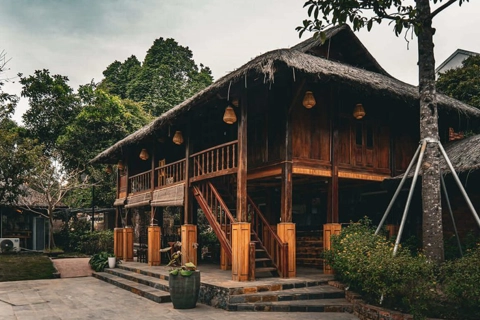Red River sunset cruise offers new weekend escape in Hanoi
Every Saturday, the Red River Sunset Cruise departs from Chuong Duong Do Wharf, giving passengers cocktails, music and sweeping views of Hanoi’s iconic bridges.
26 Sep, 05:16 AMBa Vi eco-tours offer authentic escapes close to Hanoi
An hour west of Hanoi, Ba Vi opens a window into Vietnam’s soul, where forested hills, ethnic traditions, and village life come together in one journey.
20 Aug, 11:09 PMHanoi hotels see record bookings ahead of National Day celebrations
The grand celebration, highlighted by parades and festivities, has turned the city into the top destination in the country for this year’s holiday period.
15 Aug, 11:33 AMHa Long Bay, Hoi An, Sa Pa named top SEA destinations
This ranking highlights the country's unique blend of natural beauty, cultural authenticity, and unforgettable experiences, further solidifying its appeal to global travelers.
15 Jul, 05:54 PMKey heritage sites in Hanoi’s Old Quarter temporarily closed
Hanoi will temporarily close three important heritage sites in the Old Quarter for restoration.
06 Jul, 11:19 AMVietnam tops list of ASEAN destinations for South Korean tourists
Tourism cooperation between ASEAN and South Korea has made significant strides, reflected in the growing flow of tourist exchanges.
04 Jul, 09:58 PMHanoi unveils magical “Tran Vu Bell” night tour at sacred temple
Hanoi’s night tourism scene welcomes a new highlight with the “Tran Vu Bell” tour — a 90-minute cultural experience set at the historic Quan Thanh Temple, blending sacred rituals and live folk performances.
27 May, 03:05 PMStatus-befitting makeover envisioned for iconic Hoan Kiem Lake area
The redevelopment of Hoan Kiem Lake and its surrounding area is expected to provide more recreational space, enhance the cultural and historical significance of the iconic lake, and unlock Hanoi's tourism potential.
22 May, 03:57 PM








